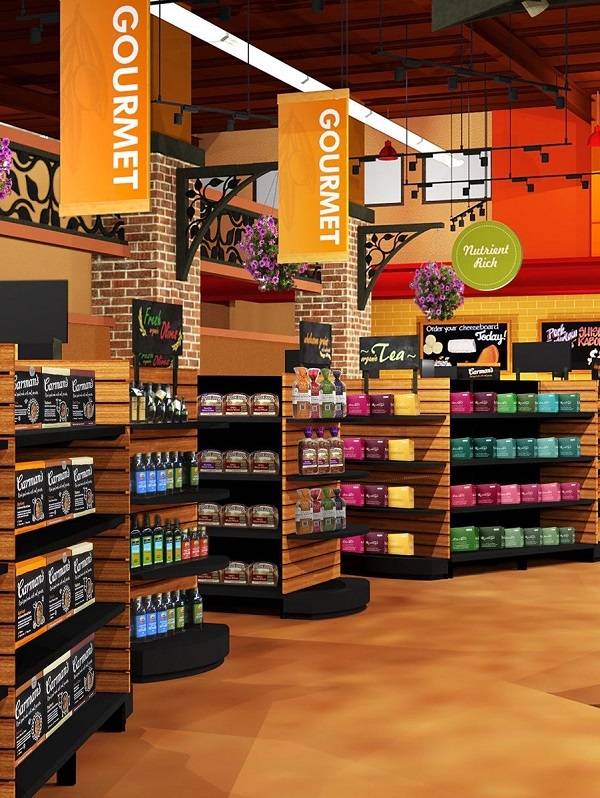- CatalogTop
Full catalog list - Food & BeveragePopular
Popular packed food and beverages
- Beauty & Self Care
Beauty and personal self-care products - Home & Garden
Home and garden supplies and accessories - Board Games
Most popular board games from Latin America - BrandsAll brands
Full list of all brands in the store. Browse all brands - IndustriesNew!
Filter products by desired business category - Services
See all services - See All Products
See full list of all products - Companies
Companies list
Which Trends are Shaping E-commerce Future?

Trends impacting e-commerce
Not only did the pandemic force shoppers to change their habits overnight (online grocery shopping exploded, for example), but it also forced businesses to up their e-commerce games, or even jump into the pool for the first time.
As the world adjusts to living with COVID and the disruptions it will continue to bring (supply chain problems, illnesses at distribution centers causing shipping delays, etc.), online businesses must be ready to adapt, as well as understand that consumers (even as they shop online in record numbers) are increasingly returning to brick-and-mortar stores.
That’s why industry-watchers say that the future of e-commerce is in the omnichannel sales approach, which provides customers with a seamless shopping experience, regardless of whether they’re shopping in store, online, via a mobile app, or by phone. In a practical sense, it means that shoppers experience seamless communication between channels. With the omnichannel approach, a customer, for example, can complete a purchase online, but can also call customer service to get return information on that same order.
Artificial intelligence (AI) and machine learning, unsurprisingly, have a huge role to play in the evolution of e-commerce. Harnessing data to understand what and when shoppers buy (and using it to personalize the buying experience and help make business and inventory decisions) is helping make e-commerce more efficient for bother buyers and sellers.
The rise of mobile and social commerce
Perhaps no trend impacting e-commerce is as prevalent as the rise of mobile, or m-commerce; by 2025, retail m-commerce sales (in which shoppers complete purchases via their smartphones or tablets using apps) are expected to amount to some $710 billion.
Mobile payment options like Apple Pay, Android Pay, Amazon Pay, and others enable shoppers to buy with one click; Amazon also has the “Buy Now” button that bypasses its multi-step process. Don’t discount the importance social/video platforms like TikTok will continue to have on huge swaths of the buying population.

Going beyond the use of traditional video, cutting-edge e-commerce retailers are starting to explore the possibilities of virtual reality, offering potential customers the opportunity to experience a product before buying.
The buy-now-pay-later phenomenon is also gaining major traction. Customers are enticed by the ability to split purchases large or small into interest-free payments using systems like Klarna, Afterpay, and others.
Payment flexibility will play a role in helping offset the impact inflation has had on consumers’ purchasing behavior. But sellers are also well-advised to offer generous return policies; consumers are more likely to make repeated purchases from sellers with easy returns. Flexible fulfillment (buy online, pickup in store) is similarly another growing trend to watch. Though it’s not necessarily new, the name of the game for customers is convenience, so sellers must continue to find ways to increase the ease factor.
Source: https://martech.org/
© 2017 - 2024, Directoro.com, or its affiliates. Trademarks are the property of their respective owners.

